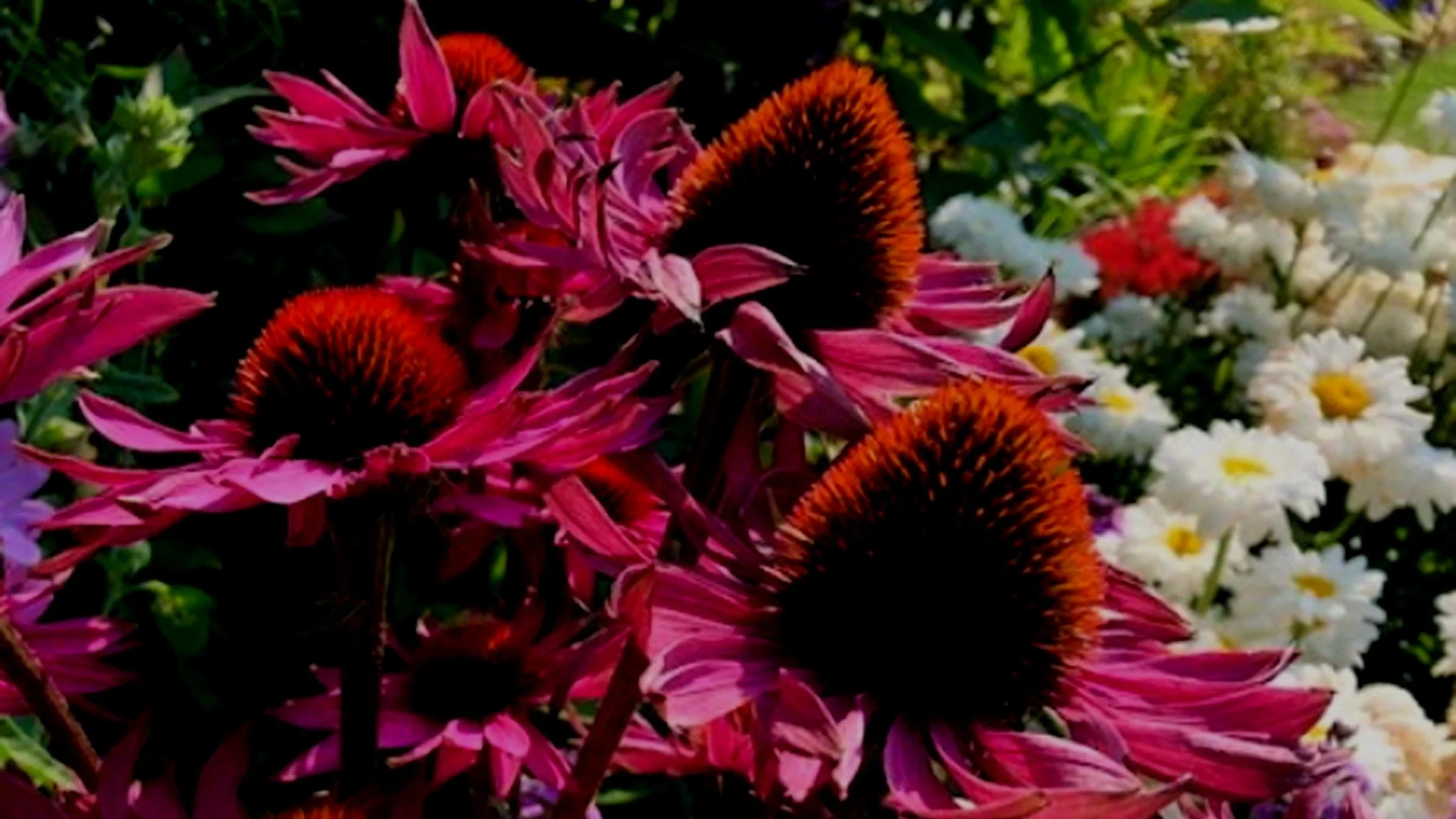Now that the summer weather has arrived, it never fails that someone will ask me: “Can I still plant now or should I wait until the fall?” For the record, as a landscape contractor in the Sacramento Valley where it was routinely 85 to 105 degrees, I planted all summer long and never lost a single plant. You can have the same success rate by following my directions below…
Step number 1: Never put a plant into dry soil. If you surround a root ball with dry soil it will suck all the life out of the tiny feeder roots and quite possibly lead to failure.
Step number 2: Pre-soak the planting hole before placing the plant in the ground. This is so critical to successful summer planting. Fill the hole with water and let it soak in until it is all gone - this could take some time. This process will also let you know if you have any drainage issues. If there is water in the bottom that just won’t go away, then fill the hole up with soil just enough to get above the water.
Step number 3: Dig your hole just as deep as the root ball and twice as wide. There is no need to dig a grave. Roots move laterally, so the wider the hole the better.
Step number 4: Rough up the root ball. Some plants can be extremely root bound and will need aggressive action to loosen them up. Others may only need a gentle scratching.
Step number 5: Set the plant in the hole so that the soil level of the root ball is the same or even a little higher than the surrounding landscape. In other words, don’t bury the plant up to its neck.
Step number 6: Work in some compost and organic fertilizer to help the root system get established. I call these ingredients “plant insurance” - they can really make a difference. Once you’ve placed the plant in the hole, replace half of the soil (with some fertilizer and compost blended into it) and firm it up by stepping on it with your feet if it is a big hole or with your hands if it is a small hole. Now add several gallons of water to the hole and let it soak in (less if it is just a one gallon or smaller plant). Replace the rest of the soil, firm it up like before and make a moat (we call them watering wells) around the plant that you can fill with an inch or two of water. Fill the well once, let it soak in and fill it again, if it soaks in really fast then fill it once more. The concept here is to saturate the soil surrounding the new root ball so that the plant has enough water to draw from for several days. When this is done properly you should only have to water once or twice a week and after a month you can remove the watering well, grade out the dirt and finish off with some compost or bark mulch.
If you follow these 6 steps you should be successful, I don’t care how hot it gets. Plants that are properly planted will not wilt and they will not drop any leaves. If this is happening, then either the plant is too dry or it is drowning. It is almost always a water issue that results in the failure of a plant.
So, don’t worry about planting in the heat of the summer, just stay safe and keep on gardening!



